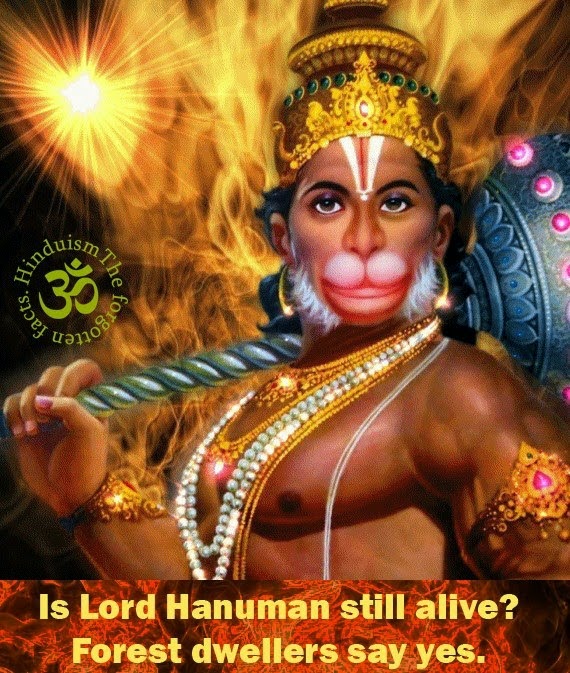What’s the
Most Earth-Like Planet In The Solar System?
by FRASER
CAIN
Life on Earth got you down? Thinking you’d like to pick up and move to
another planet? I’ve got bad news for you. Without protection, there’s no place
in the entire Solar System that wouldn’t kill you in few seconds.
You’re looking at scorching temperatures, poisonous atmospheres,
crushing gravity, bone chilling cold, a complete lack of oxygen, killer
radiation, and more.
The entire Solar System is hostile to life as we know it.
If we had to choose from a range of terrible options, what would be the
most Earthlike place in the Solar System?
We would want a world that has a similar gravity, similar atmospheric pressure and composition, protection from radiation, and a comfortable temperature. Just like the Earth.
We would want a world that has a similar gravity, similar atmospheric pressure and composition, protection from radiation, and a comfortable temperature. Just like the Earth.
Let’s look at a few candidates:
The Moon. Credit:
Logan Mancuso
The Moon looks good. It’s close and… well, it’s
close. It’s an airless world, so you’d need a spacesuit. Low gravity is bad
news for your bones, which will lose mass and become brittle. Temperatures
range from freezing cold to scorching hot, and there’s no atmosphere or
significant magnetic field to protect you from the radiation of space.
While we’re suggesting moons, how about Titan, Saturn’s largest Moon?
It’s only 15% of Earth’s gravity, and the temperatures dip down to minus
-179 degrees C; cold enough that it rains liquid methane. Even though the
atmosphere is unbreathable, the good news is that the pressure is only a little
higher than Earth’s. Which means you wouldn’t need a pressurized spacesuit,
just a really, really warm coat.
Turning on the Tap
– Commissioned artwork – Colonist tapping into a sub-surface aquifer (©Mars
Foundation)
How about Mars, the target of so many colonization
plans and sci fi adventures?
The gravity of Mars is only 38% the gravity of Earth; and we don’t know
what effect a long stay in this gravity would have on the human body. The
atmosphere is poisonous carbon dioxide, and the pressure is less than 1% of sea
level on Earth. So, you’d better pack a spacesuit. The temperatures can rise as
high as a comfortable 35 degrees C, but then plunge down to -143 degrees C at
the poles. One big problem with Mars is a total lack of magnetosphere.
Radiation from space would be a constant hazard for anyone on the surface of
the planet.
Atmosphere of
Venus. Credit: ESA
Perhaps another planet? How about Venus?
On the surface, it’s right out of the running. The temperature is an
oven-like 462 degrees C, with a surface pressure 92 times more than Earth. The
atmosphere is almost entirely carbon dioxide, with clouds of sulphuric acid. On
the plus side, it has gravity roughly similar to Earth, and a thick atmosphere
that would protect you from radiation.
Unfortunately, you’d die faster on the surface of Venus than almost
anywhere else in the Solar System.
But… there is a place on Venus that’s downright lovely.
Up in the clouds.
Cloud city in the atmosphere of Venus
Amazingly, if you rise up through the clouds of Venus to an altitude of 50-60 kilometers, the atmospheric pressure and temperature are the same as on Earth. The atmosphere would still be toxic carbon dioxide, but breathable air would be a “lifting gas” on Venus. You could float around the skies of Venus in a balloon made of breathable air. Stand out on the deck of your Venusian sky city in shorts and a T-shirt, soaking up the sunlight in regular Earth gravity.
Amazingly, if you rise up through the clouds of Venus to an altitude of 50-60 kilometers, the atmospheric pressure and temperature are the same as on Earth. The atmosphere would still be toxic carbon dioxide, but breathable air would be a “lifting gas” on Venus. You could float around the skies of Venus in a balloon made of breathable air. Stand out on the deck of your Venusian sky city in shorts and a T-shirt, soaking up the sunlight in regular Earth gravity.
Sounds idyllic, right?
So, opinions will vary. Some think Mars is the most Earthlike place in
the Solar System, but in my opinion, the clouds of Venus are the place to go.
I’ll see you there.









